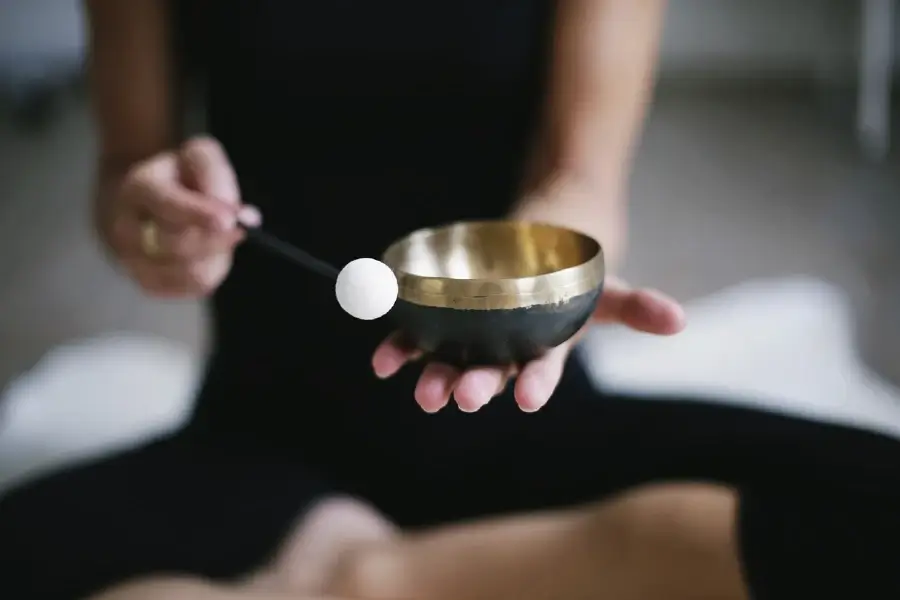There are two sides to the napping sword.
Several elements determine whether or not napping improves or inhibits your ability to sleep at night:
Nap duration: Generally, shorter naps, lasting between twenty and thirty minutes, are less disruptive than longer ones.
When it comes to napping, taking a nap too late in the day can make it difficult to fall asleep at night.
Overall sleep quality: If you are already getting sufficient quality sleep at night, you may not need to nap throughout the day.
Advantages of taking a nap:
- Enhancement of alertness and concentration
- Enhanced state of mind
- A decrease in fatigue
Possible downsides include:
In recent years, power naps, also known as brief naps taken during the day, have gained popularity due to their capacity to deliver a rapid boost of energy and enhance attentiveness. Power naps, on the other hand, can be advantageous in the short term; however, if they are not taken at the appropriate time or for the appropriate amount of time, they can also hurt the patterns of sleep that one experiences.
One potential drawback of power naps is that they can make it more difficult to fall asleep at night. The body’s natural sleep-wake cycle can be disrupted when a nap is taken as close to bedtime as possible, making it more difficult to wind down and fall asleep quickly.
This might result in a decrease in sleeping time, greater anxiety about falling asleep, and general disruptions to normal sleep patterns.
This might result in fragmented or shallow sleep during the night.
A further point to consider is that power naps can affect the quality of sleep one gets during the night. If they are taken for an excessively lengthy period of time or on a regular basis, power naps have the potential to disrupt the body’s natural sleep cycles. This might result in fragmented or shallow sleep during the night.
This may cause you to feel sluggish or exhausted the next day, even though you have had an acceptable quantity of sleep overall.
Not only is it necessary to be careful of when and how long you nap, but it is also important to do so to optimize the benefits of power naps without severely influencing your ability to sleep at night. Make it a goal to take naps earlier in the day, preferably before three o’clock, and keep them to twenty to thirty minutes in length so that they do not interfere with your sleep at night.
If you are careful about when and how you take a power nap, you can reap the benefits of a speedy increase in energy without compromising the quality of your overnight rest.
Guidelines for general use:
If you really must get some sleep, ensure it is brief and occurs early in the afternoon.
If you have trouble sleeping at night regularly, consider reducing the number of naps you take or skipping them completely.
When it comes down to it, the most effective method is determined by your specific tastes and requirements for sleep. Explore a variety of nap routines to determine which one best suits your needs and preferences.
Would you like to learn more about other issues related to sleep, such as the optimal time to take a nap or the best way to establish a conducive environment for sleep?

Dominic E. is a passionate filmmaker navigating the exciting intersection of art and science. By day, he delves into the complexities of the human body as a full-time medical writer, meticulously translating intricate medical concepts into accessible and engaging narratives. By night, he explores the boundless realm of cinematic storytelling, crafting narratives that evoke emotion and challenge perspectives.
Film Student and Full-time Medical Writer for ContentVendor.com




